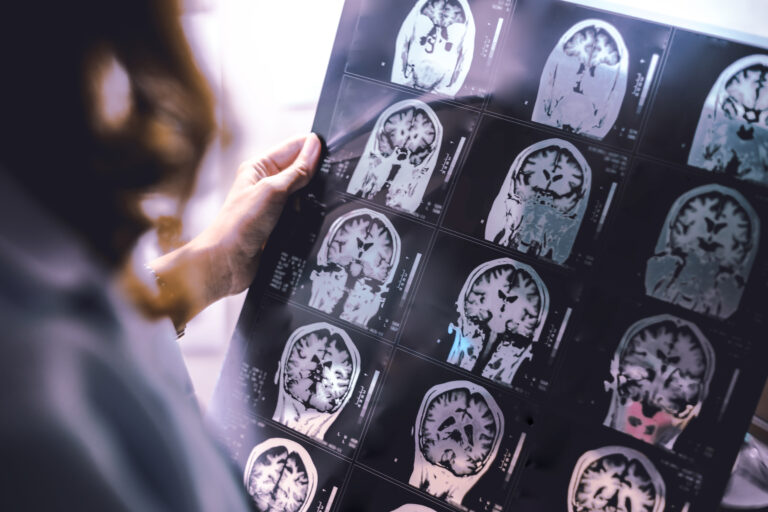Non-Hodgkin’s lymphoma (NHL) is a diverse group of blood cancers that originate in the lymphatic system, primarily affecting lymphocytes, a type of white blood cell. The question of whether gene therapy can cure NHL is complex because NHL itself is not a single disease but a collection of many subtypes, each with different behaviors and responses to treatment. Gene therapy, which involves modifying or manipulating genes to treat or prevent disease, is an emerging and promising approach in cancer treatment, including for NHL, but it is not yet a definitive cure.
Gene therapy for NHL typically involves advanced techniques such as CAR T-cell therapy, where a patient’s own immune cells are genetically engineered to better recognize and attack lymphoma cells. This approach has shown remarkable success in certain aggressive forms of B-cell NHL, particularly in cases where traditional treatments like chemotherapy and radiation have failed. CAR T-cell therapies, such as those using tisagenlecleucel, have been approved for some types of aggressive B-cell NHL and have led to durable remissions in a significant number of patients. However, these therapies are still relatively new, and while they can lead to long-term remission, calling them a guaranteed cure would be premature.
Beyond CAR T-cell therapy, other gene therapy strategies are under investigation in clinical trials. These include using gene editing tools to modify immune cells or directly target cancer cells, and combining gene therapy with other treatments like monoclonal antibodies or chemotherapy to improve outcomes. Trials are ongoing to determine the best doses, combinations, and patient populations for these therapies. For example, some studies are exploring gene therapy in HIV-related lymphoma or peripheral T-cell lymphoma, which are more challenging to treat with conventional methods.
The challenges in curing NHL with gene therapy include the heterogeneity of the disease, the complexity of the immune system’s interaction with cancer, and potential side effects such as cytokine release syndrome or neurological toxicities seen with CAR T-cell treatments. Additionally, gene therapy is expensive and requires specialized facilities and expertise, limiting its availability.
In summary, gene therapy represents a powerful and rapidly advancing frontier in the treatment of non-Hodgkin’s lymphoma. It has already transformed the outlook for some patients with aggressive or refractory forms of the disease, offering hope for long-term remission and possibly cure in select cases. However, it is not yet a universal cure for all types of NHL. Ongoing research and clinical trials continue to refine these therapies, aiming to increase their effectiveness, reduce side effects, and expand their applicability to more patients. The future of NHL treatment will likely involve a combination of gene therapy with other targeted and immune-based therapies, tailored to the genetic and molecular profile of each patient’s lymphoma.





